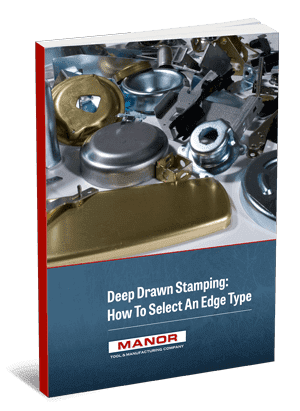Welding Services
From railroad-car corners to storage tank seals to spacecraft seams, metal bonds come in all different kinds; different scales, shapes, and technologies influence the way we craft modern metal. Unlike the soldering and brazing processes, which leave metal workpieces intact while bonding the materials, the process of welding actually joins metals together with powerful bonds via a fusion process.
There are nearly as many types of welding as there are applications that demand it; cylindrical welding, aerospace welding, and automated seam welding are just a few examples of specialty weld processes. An essential part of American manufacturing, welding and welding technology are among the highest ranking of common industrial processes, with at least 70 variations to choose from — and counting.
MIG, TIG, and spot welding are the most common — and versatile — of today’s available welding styles.
GMAW, or MIG, Welding
Simple, straightforward, and highly productive: Gas metal arc, or GMAW, welding is among the most simple and versatile of available welding services. Adaptable to suit a lengthy list of common materials, this welding method became immediately popular after its development in the 1940s thanks to its high compatibility, quick work process, and overall efficiency.
Also called MIG (metal inert gas) welding, the process relies on a solid wire electrode feed and a continuous spool of welding wire, which is attached to a welding gun and shielded by a protective gas such as CO2. Some MIG systems utilize manual technicians, while others incorporate additional machines or robotics.
GTAW, or TIG, Welding
A tungsten welding rod is the key component in TIG, or tungsten inert gas, welding. The rod is applied to the base metal along with intense heat and optional filler materials, or is simply applied to the base metals in order to create an autogenous weld.
This style of welding is known for its clean process: it doesn’t produce additional smoke, fumes, splatter, or sparks, and can be applied with extreme precision. The lack of slag and the emphasis on technician control in TIG welding makes for accurate work in demanding applications and delicate metals.
Spot Welding
A variation of electric resistance welding, RSW, or spot welding, depends on the heat of an electrical current to create a permanent metallic bond. But unlike traditional MIG or TIG welding, the spot welding process requires workpieces to be held together under shaped electrodes. These electrodes concentrate a current into a small “spot” to melt the metals and create a weld in an extremely short time.
While this welding process is extremely efficient, it is not as versatile, attractive, or effective as its more common counterparts. However, spot welding is an excellent choice for automated applications thanks to its speed of operation and ease of application. It is best for localized joints.
Common Welding Applications
If an industry utilizes metals in any way, it’s extremely likely that welding is critical to its operations. Just a few of the most common applications for welding and welding technicians include:
- Shipbuilding and marine technology
- Automotive and heavy equipment
- Commercial food and beverage
- Waste and water services
- Building and construction
- Military and defense
- Medicine
- HVAC
- Aerospace and aviation
- Communications
- Energy
- Electronics
- Gas and oil
Learn More
Offering unmatched versatility and uncompromising performance, modern welding is responsible for quite literally holding together much of today’s metalwork. From delicate, precision-based TIG workmanship to high-speed automotive spot systems, welding offers versatile metalworking solutions to manufacturers across the globe.
Reach out to a specialist at Manor Tool today to see how welding technology can help bring your next project together.








